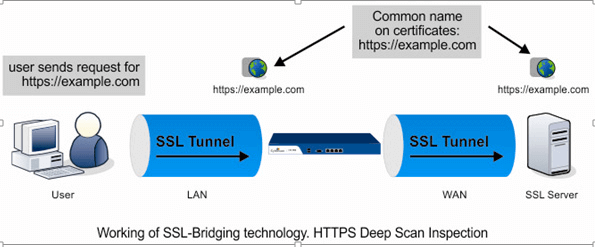How Does SSL Certificate Work?
When a browser attempts to access a website that is secured by an SSL certificate, it recognizes the SSL, the web server, and the browser, thereby establishing a secure connection. This process is called the “SSL Handshake”, which happens instantaneously and remains invisible to the users.
There are three keys that are involved in establishing an SSL connection:
2) Private Key
3) Session keys
The process of encryption and decryption requires a lot of processing techniques. Therefore, it is used only during the “SSL handshake” to create a symmetric session key. After establishing a secure communication, the session key is used to encrypt all the transmitted data.

Functions of an SSL Certificate
2) Identity validation, which verifies the legitimacy of a business
2) Identity validation, which verifies the legitimacy of a business
Server-Browser Communication: Learn How Does an SSL Certificate Work
- The browser tries to connect to the SSL-encrypted website.
- Then the browser asks the web server to identify itself.
- For identification, the servers send the SSL Certificate’s copy to the browser.
- Now the browser verifies the authenticity of the certificate
- If the browser trusts the certificate, it messages the server
- After that, to start the SSL-encrypted session, the server sends a digitally-signed acknowledgement to the browser.
- Now the Data shared between the browser and the server is encrypted and HTTPS appears.
How to make a Website HTTPS Encrypted?
(2) Organization validated
(3) Extended Validated
Domain and Business Validation: After CSR and Private-Key generation, the certificate will ask the issuer to submit several business documents for verification. In the case of domain validation, the verification process will be completed by checking the domain registrar’s information via Email.
In the case of organization validated (OV), extended validation (EV) and code signing certificates, the business document verification is mandatory. Here, the user needs to submit documents required by the certificate authority. After verification, if the documents meet the requirements of the CA, it will quickly approve the certificate.
On successful installation of the certificate on the server, the website becomes ready with HTTPS. Now secured connection is established when a visitor visits the website.
How the Website encrypted with SSL Certificate will look in a browser?



People Also Ask
- How does SSL work?
- How does SSL work step by step?
- How does SSL certificate validation work?
- What does an SSL connection do?
- How does ssl authentication work?